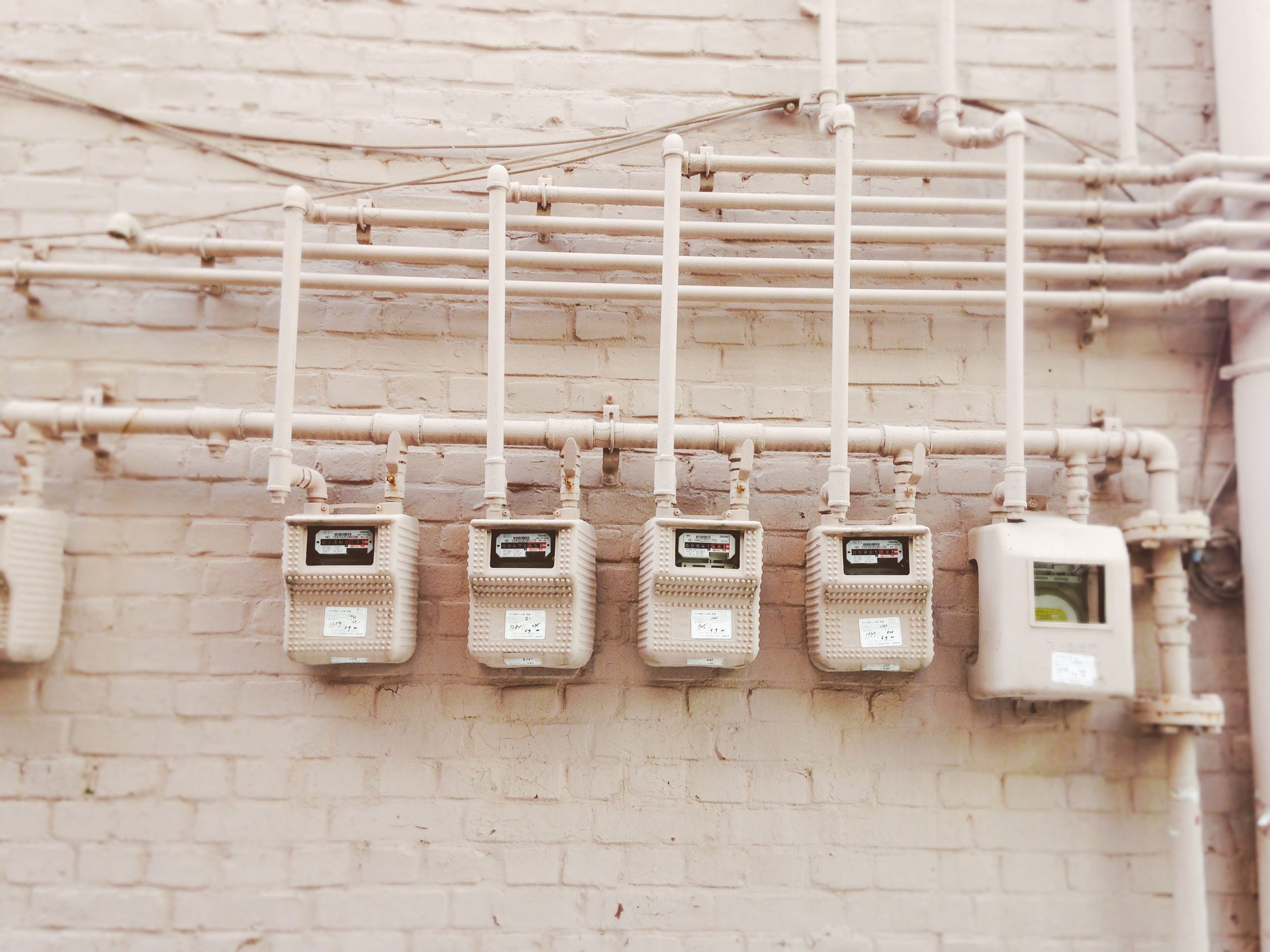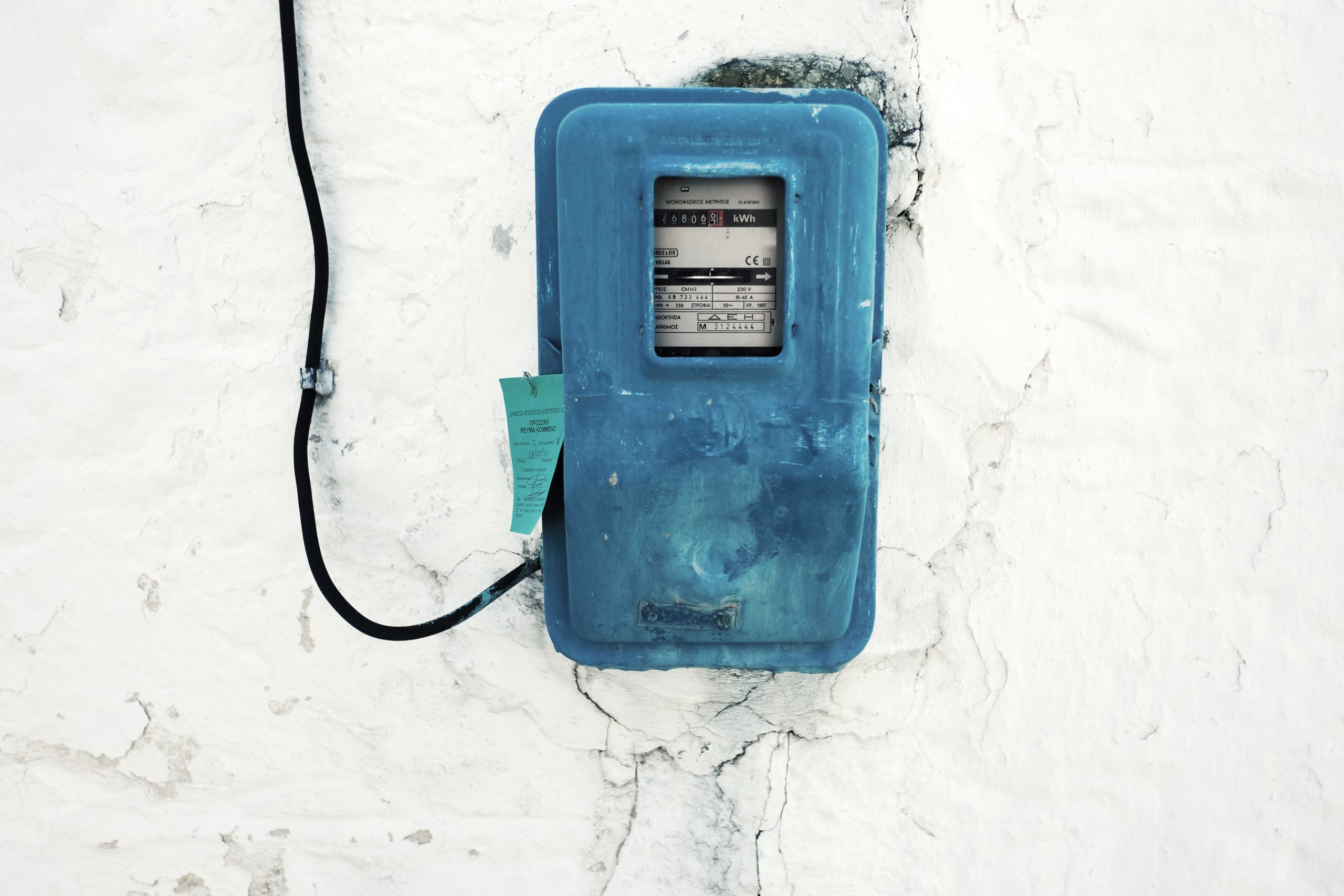Ground fault is simply a short in the system. It occurs when current going out on ungrounded phase comes back on grounded path. To avoid shock hazards, current going out any one phase must come back on another phase or neutral.
Ground Fault Protection

A ground fault protection device is required to protect from electrical shock and electrocution hazards. A lack of ground fault protection in a facility or service could lead to electrical burn down of the facility and potential death. The National Electrical Code (NEC) requires installation of ground fault protection to prevent injuries, potential death, and equipment loss. So, if you’ve ever felt a slight shock or worst from pulling a toaster oven plug from an outlet, chances are your outlet does not have ground fault protection.
In the NEC’s Wiring and Protection Chapter, the NEC requires two types of ground fault protection: personnel protection and equipment protection. The former is known as Ground Fault Circuit Interrupter (GFCI) and the latter is known as Ground Fault Protection of Electrical Equipment (GFP). These two types of protection varies in a few different ways.
Ground Fault Circuit Interrupter (GFCI)
![]()
GFCI is a protection device that monitors the sensors the current goes through in the ungrounded (hot) and grounded (neutral) conductors. In ground fault, current naturally wants to go back to the source. The GFCI will trip (open) if the current in either ungrounded or grounded conductors of the device exceeds 6 mA but not less than 4 mA. This means it only takes 0.006 Amps of current leakage to trip GFCI. Devices with GFCI are more sensitive to low-level current leakage in order to protect people more than equipment. As you can imagine, GFCI is designed for application in residences, hotels (kitchen, bathroom, outdoor outlets), and on jobsite (power tools).
Here is a quick snapshot of GFCI’s history. The NEC first added ground fault circuit interrupters in 1971 in Section 210-22(d). They required installation of GFCI outdoors (residential) receptacles to be rated 15-20 Amps. Later in 1973, the NEC required all construction sites receptacles to be rated 15-20 Amps. The NEC has been updated a few time since then. It is good to check the NEC website for reference of other circuits and receptacles that required to be GFCI protected.
Ground Fault Protection of Electrical Equipment (GFP)

The NEC requires GFP for solidly-grounded wye electrical services with main disconnecting means rated at 1,000 Amps or more at voltage levels more than 150 Volts phase-to-ground but not more than 600 Volts phase-to-phase. The max operational current setting for these is 1200 Amps. These requirements were passed due to past electrical meltdowns at these voltage levels from destructive magnetic and thermal forces. The two types of GFP which are zero sequence type and residual type (or neutral ground strap type). Their purpose is to protect downstream equipment from electric arcing burndowns.
GFP was first required in 1971 and later in 1975 GFP became mandatory in health care facilities. As defined in Article 100 of the NEC, GFP is meant to protect equipment not people unlike GFCI devices.
Ground Fault Test Functions

Ground fault system testing is essential to ensure that ground fault protection devices are working properly. Testing for ground fault is important which is why the NEC requires these tests. According to NEC stats, about 16% of ground fault protection devices are damaged, not installed correctly, or do not work correctly. These devices in turn could cause destructive harm to distribution systems, facilities, and people. A properly installed and well-functioning functioning ground fault device will sense and stop the fault in milliseconds, preventing destructive and irreversible damages.
There are a few ways to test ground fault. The two common ones are simulated fault current and high-current primary injection methods. Although both methods apply to ground fault relay systems, only high-current primary injection can be used to test systems with integral ground fault trip circuit breakers. Also, NEC is now requiring new circuit breakers to self-test. You may have noticed some breakers with a “T” at the end of their part number, for example: General Electric THQB1120GFT. The “T” at the end indicates the breaker includes a self-test mechanism required by the NEC.
GFCI Circuit Breakers
Here is a list of some popular GFCI breakers available in the market:
- General Electric THQL1120GFT
- Siemens QF120
- Square D HOM120GFI
- Eaton / Cutler-Hammer / Westinghouse GFTCB120
Conclusion
We can easily prevent ground fault with ground fault protection devices. Testing these protection devices are vital to prevent harm to systems, facilities, and people. It is a great idea to be up to date with new codes by the NEC. Keeping these basics in mind will give you success in your jobs or projects.
